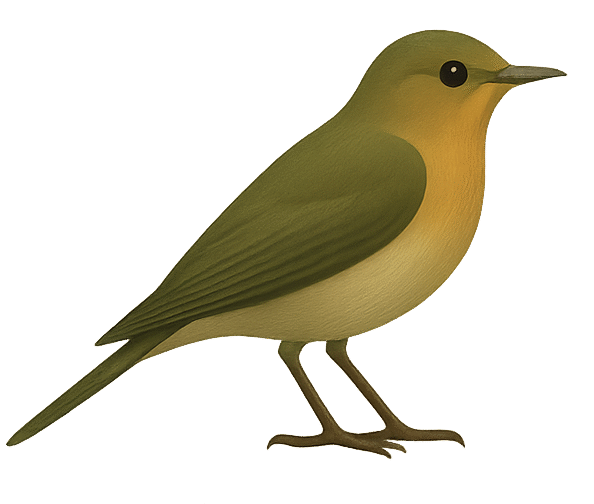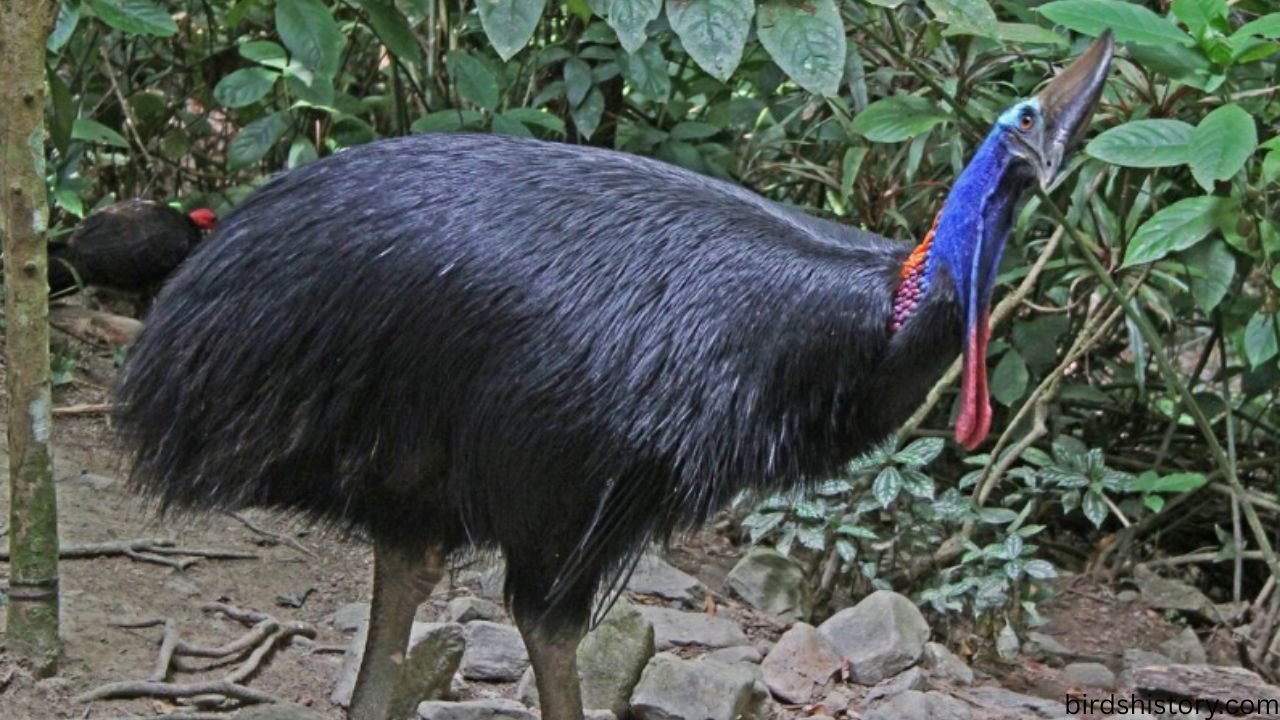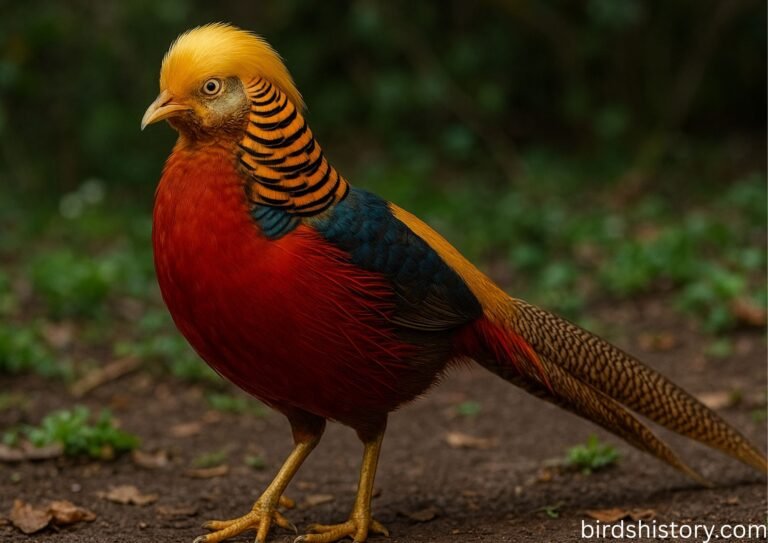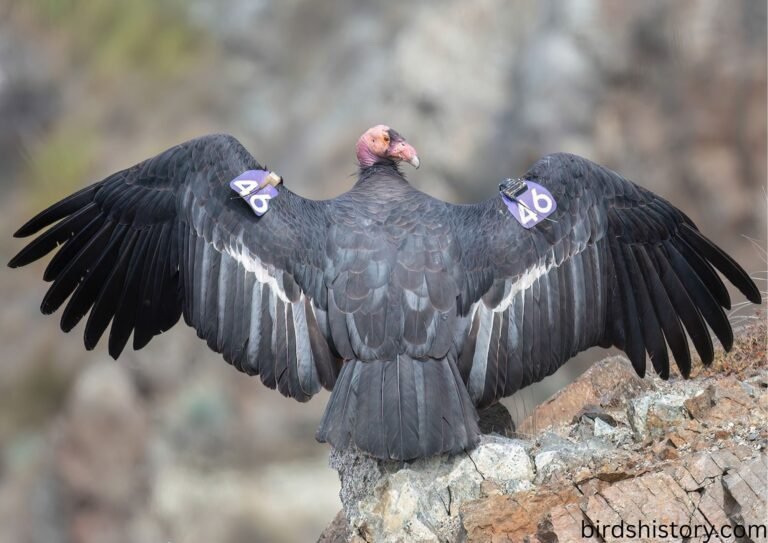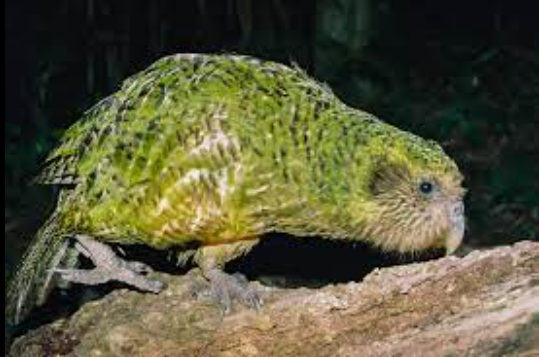Dwarf Cassowary: The Elusive Forest Giant of New Guinea
The Dwarf Cassowary (Casuarius bennetti) is one of the most remarkable birds in the world. Despite its name, this species is not truly “dwarf” but rather the smallest member of the cassowary family, a group of large, flightless birds native to the tropical forests of northern Australia and New Guinea.
The Dwarf Cassowary is an enchanting bird, easily identified by its unique features, such as a helmet-like casque, brilliant blue and red skin on its neck, and dense black feathers. coat of shiny black feathers. Unlike many birds, it cannot fly, yet it thrives in dense mountain forests thanks to its strong legs and solitary lifestyle.
One surprising fact? The male Dwarf Cassowary is a remarkably devoted father who raises his young alone. After the female lays her eggs, she leaves, and the male takes on full responsibility—incubating the eggs and caring for the chicks until they are independent.
Let’s dive deep into the world of this shy but powerful bird.
Taxonomy / Classification
- Common Name: Dwarf Cassowary
- Scientific Name: Casuarius bennetti
- Family: Casuariidae
- Order: Casuariiformes
- Class: Aves
Also read: /spixs-guan/
The Dwarf Cassowary belongs to the ratite group of birds, which includes emus, ostriches, rheas, and kiwis. Ratites share traits such as flightlessness, strong legs, and unique breastbone structures that lack the keel necessary for powered flight.
Physical Description
The Dwarf Cassowary is a striking bird with distinctive features that set it apart.
- Size:
- Height: 90–135 cm (3–4.5 feet)
- Weight: 17–26 kg (37–57 lbs)
- Feathers: Coarse, black, and hair-like, giving it a shaggy appearance.
- Head and neck: Bare skin with brilliant blue, red, and sometimes yellow coloring. The contrast with its dark body feathers makes it look almost prehistoric.
- Casque: A helmet-like crest of keratin atop its head. The exact function is debated, but it may help them push through dense vegetation or act as a resonating chamber for low-frequency calls.
- Their beak is sharp and curved, which is ideal for finding and eating fruits that have dropped to the ground.
- Legs and feet: Extremely powerful. Each foot has three toes, with the middle one bearing a dagger-like claw up to 7.5 cm (3 inches) long. This claw can inflict serious injuries if the bird feels threatened.
- Sexual dimorphism: Females are typically larger and heavier than males, but otherwise both sexes look similar.
The combination of its casque, bright skin, and strong build gives the Dwarf Cassowary a unique and intimidating appearance.
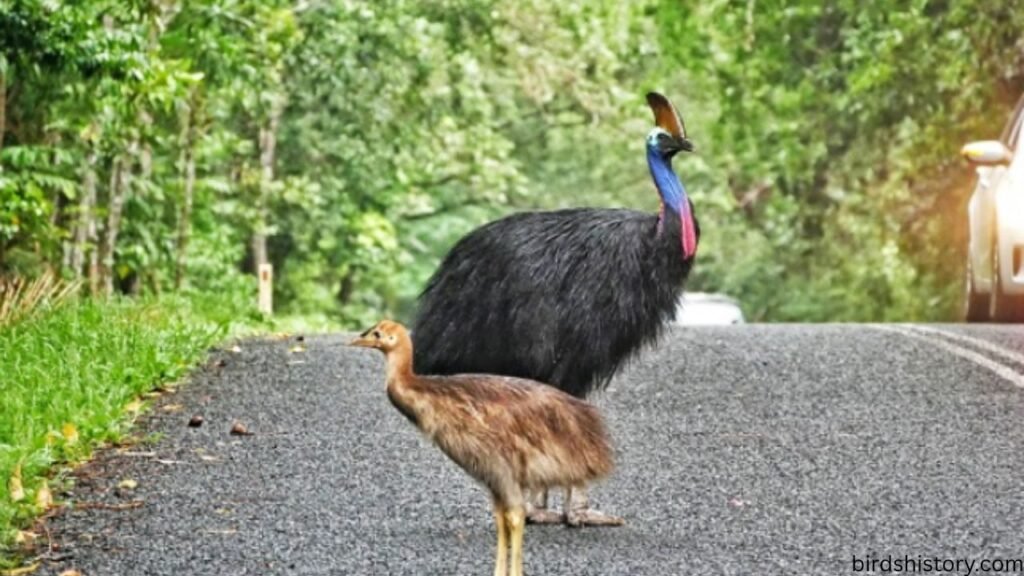
Habitat and Range
- Geographic distribution:
The Dwarf Cassowary is found mainly in New Guinea, northeastern Australia (Cape York Peninsula), and some nearby islands such as New Britain. - Preferred habitats:
- Dense tropical mountain forests
- Rainforests up to 3,000 meters (9,800 feet) in elevation
- Thick understory where they can move quietly and remain hidden
- Migration:
These birds are non-migratory, but they roam widely within their territories to search for fruiting trees.
Because of their secretive nature, they are rarely seen even within their natural habitats.
Diet and Feeding Habits
While Dwarf Cassowaries mainly eat fruit, they also consume a wide range of other foods.
- Main diet: Fallen fruits from forest trees.
- Other foods:
- Fungi
- Insects
- Small vertebrates
- Leaves and shoots
- Feeding behavior:
- They swallow fruits whole, even those larger than a tennis ball.
- Their digestive system is adapted to pass seeds intact, making them crucial seed dispersers.
- By spreading seeds far from the parent tree, they help regenerate rainforests.
This role has earned cassowaries the nickname: “Gardeners of the Rainforest.”
Behavior and Lifestyle
- Solitary nature:
Dwarf Cassowaries are mostly solitary except during mating season or when a male is raising chicks. - Activity:
They are diurnal (active during the day) and spend much of their time foraging on the forest floor. - Vocalizations:
Cassowaries create deep, resonating calls that are able to travel great distances through the thick forest. These sounds are some of the lowest frequency calls made by any bird. - Territoriality:
Each bird maintains a territory, marked by trails through the forest. Confrontations can be aggressive, and they defend their space fiercely. - Mating behavior:
Males and females come together briefly to mate. Afterward, the female departs, and the male is left with parental duties.
Their secretive lifestyle and camouflage make them one of the least observed large birds in the wild.
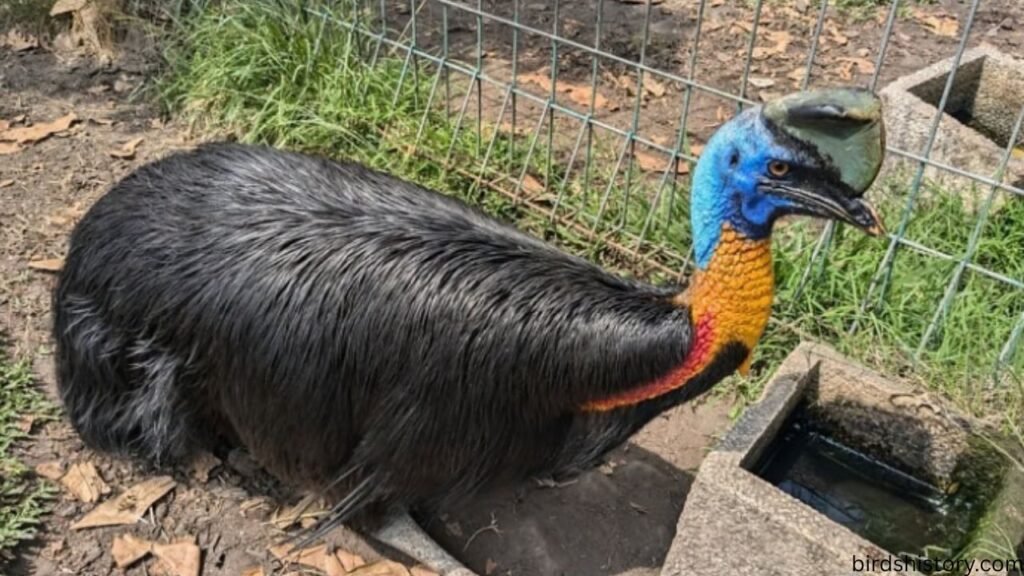
Reproduction and Lifespan
- Breeding season: Varies by region, often during the rainy season when food is plentiful.
- Nesting:
- The male constructs a nest on the ground, made of leaves and plant material in a hidden forest location.
- Eggs:
- Clutch size: 3–5 large, green eggs
- Egg size: About 9 x 14 cm (3.5 x 5.5 inches)
- Incubation:
- Male incubates eggs for 50–52 days.
- Chick care:
- The male feeds and protects chicks for up to 9 months, teaching them how to forage.
- Lifespan:
- In the wild: Up to 30–40 years.
- In captivity: Can live slightly longer with care.
The male’s remarkable role as a single parent is one of the most unique traits of cassowaries.
Predators and Threats
- Natural predators:
- Very few due to their size and strength.
- Eggs and chicks may be preyed upon by reptiles, wild pigs, or large raptors.
- Human-related threats:
- Habitat destruction due to logging and agriculture
- Hunting for meat and feathers in some regions
- Road accidents in areas where humans encroach into cassowary territory
- Other challenges:
- Climate change and deforestation threaten the fruiting trees they depend on.
Conservation Status
- IUCN Red List: The Dwarf Cassowary is currently listed as Least Concern, but populations are decreasing in many areas.
- CITES: Protected under Appendix II, restricting international trade.
- Conservation measures:
- They are found in protected areas and reserves in New Guinea and Australia.
- Local education programs to reduce hunting
- Reforestation projects to restore habitat
Though not as critically endangered as its relative, the Southern Cassowary, conservationists stress the importance of protecting this bird before it becomes rare.
Interesting Facts About the Dwarf Cassowary
- They are the smallest of the three cassowary species, but still very large compared to most birds.
- Known as “living dinosaurs” due to their prehistoric look and casque.
- The casque on its head might also help to make its low-frequency calls louder.
- Cassowaries are able to run at speeds of up to 30 miles per hour (48 km/h) despite the thick forest environment.
- Using their strong legs, they can leap as high as 5 feet (1.5 meters) into the air.
- Indigenous cultures in New Guinea revere cassowaries and feature them in myths, dances, and ceremonies.
Conclusion
The Dwarf Cassowary is a remarkable bird that embodies both strength and mystery. From its vivid appearance to its unusual parenting behavior, it stands out as one of the most fascinating members of the bird world. Although it is not globally endangered, habitat loss and human activity continue to pressure its populations.
Protecting the Dwarf Cassowary means protecting the tropical forests it inhabits—and the countless species that depend on these ecosystems. Learning about this bird reminds us of the deep connections between animals, forests, and people.
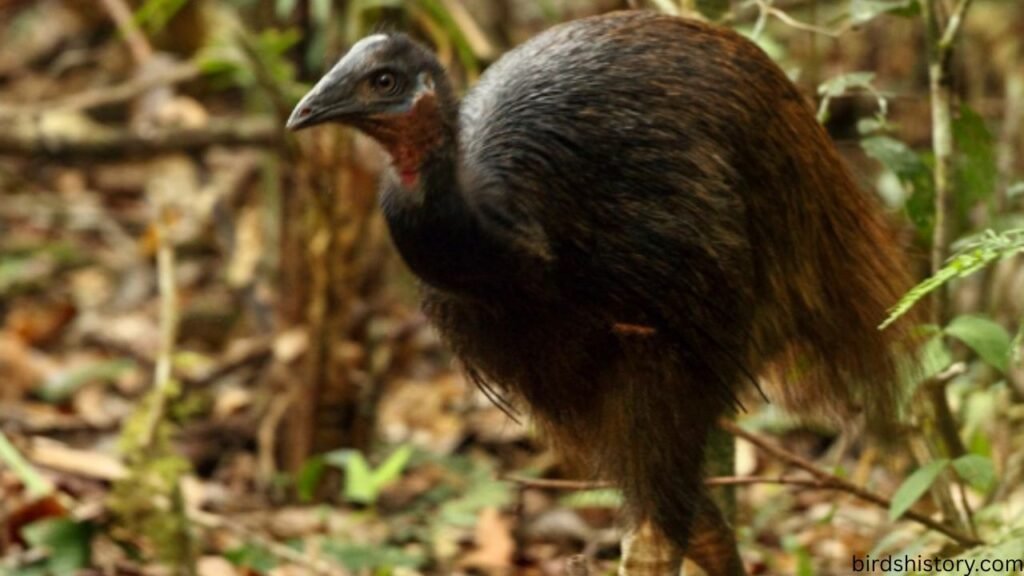
FAQs
1. What is the scientific name of the Dwarf Cassowary?
Its scientific name is Casuarius bennetti.
2. Where do Dwarf Cassowaries live?
They inhabit the rainforests of New Guinea, northeastern Australia, and nearby islands.
3. How big is a Dwarf Cassowary?
It stands 3–4.5 feet tall and weighs 37–57 pounds.
4. What do Dwarf Cassowaries eat?
While their primary food source is fruit, they also consume fungi, insects, and small animals.
5. Why do cassowaries have casques?
The casque may help them move through vegetation, resonate sound, or signal maturity.
6. Are Dwarf Cassowaries dangerous?
They are shy and avoid humans, but if threatened, they can deliver powerful kicks with sharp claws.
7. How do they reproduce?
Females lay 3–5 large green eggs, and the male incubates and raises the chicks.
8. How long do they live?
In the wild, up to 40 years; in captivity, sometimes longer.
9. Are Dwarf Cassowaries endangered?
They are listed as Least Concern, but habitat destruction is causing local declines.
10. Why are cassowaries called “rainforest gardeners”?
Because they disperse seeds of many rainforest trees, helping forests regenerate.
